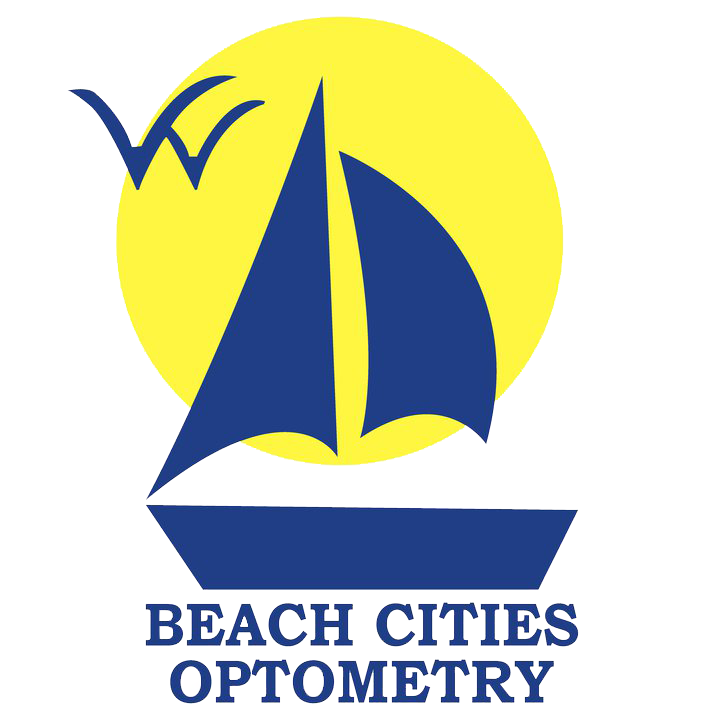
All eye exams are created equal, right? No, not quite. The eyes are complex structures, and this means that there are many different tests required to check their overall health and function. It’s easy to get a little overwhelmed by the prospect of multiple types of eye exams, but they are all very straightforward and will be explained to you by your eye doctor ahead of them being performed.
Nevertheless, to help you feel prepared, here are the main tests that form part of a routine comprehensive eye exam.
Visual acuity test
This is the part of an eye test that most people are familiar with and is used to determine how clearly you can see things at different distances. During visual acuity testing, you will sit around 20 feet away from a chart called a Snellen Chart and be asked to read letters on different rows. These letters will usually get progressively smaller as you move down the chart. Your eye doctor will then cover one eye and get you to repeat the test, before doing the same with the other eye.
Visual refraction testing
Refraction is the name used to describe the way that the cornea – which is the clear, domed lens covering the front part of the eye – bends light as it enters the eye. A refraction assessment is designed to help your eye doctor decide if you need vision correction, as well as determining which lens prescription will provide you with the clearest, most accurate vision.
Visual refraction testing is performed using an instrument called a phoropter, which is used to place a series of different lenses in front of your eyes. Your eye doctor can then ask you which lens provides clearer vision. Your prescription can then be fine-tuned with more lenses until your eye doctor is satisfied that they have reached your final prescription requirements.
Visual field testing
The visual field takes into account what you can see when you look straight ahead and don’t move your eyes. Even though you are not looking off to the side, you almost certainly have some visual awareness of stimuli at the edges of your vision. It’s this peripheral vision that enables you to spot something coming sideways towards you and react in time to it.
Visual field testing is important as the peripheral vision can be affected by some eye diseases, such as glaucoma, and issues with it can be the first indicator. The test is performed using a device called an autoperimeter which flashes small lights as you look into it, and you may need to respond by pushing a button when you see them.
Glaucoma testing
Glaucoma is a common condition and a leading cause of vision loss in the United States. It occurs when excessive pressure inside the eye causes damage to the optic nerve – the main nerve responsible for sending messages between the eyes and brain. Glaucoma testing is called tonometry. There are several different tests for glaucoma, from tonometry – which uses a puff of air injected into your eye to test the pressure, to pachymetry, which measures the thickness of your cornea. This may seem irrelevant, but corneal thickness can directly affect the level of pressure inside your eyes.
Slit lamp exam
A slit lamp is a special type of microscope that enables you eye doctor to look into the back of your eye and examine the structures within, checking for any abnormalities or signs of disease. They can even take images of them, to be compared to at future exams. It is a non-invasive test but is a vital part of a comprehensive eye exam since it can be used to detect sight-threatening conditions such as cataracts, macular degeneration, corneal ulcers and diabetic retinopathy. In some cases, patients are given eyedrops to dilate their pupils before this test is performed.
For more information about the different types of eye exams, visit Beach Cities Optometry at our office in Manhattan Beach, California. You can call (310) 376-8975 today to schedule an appointment.







